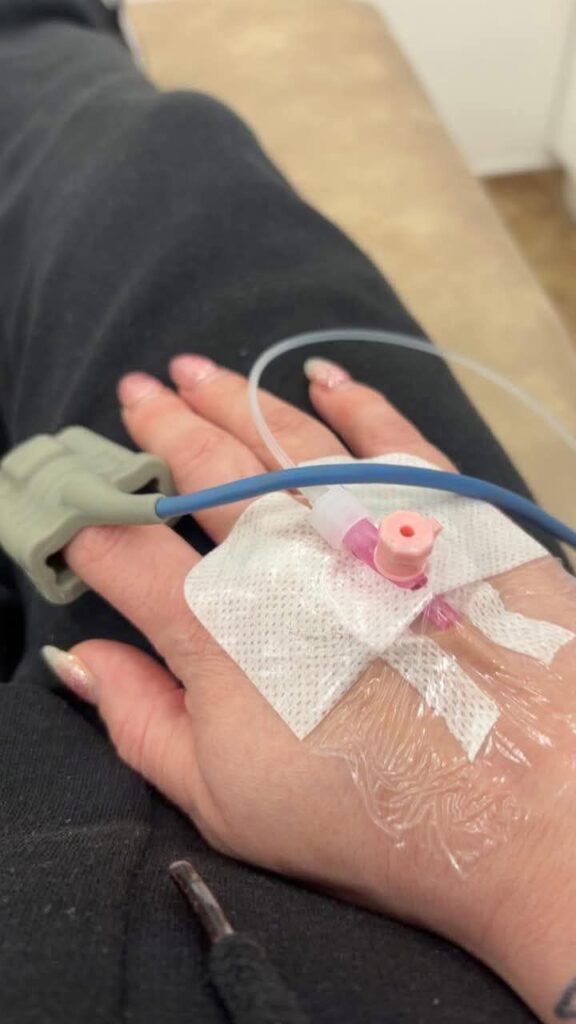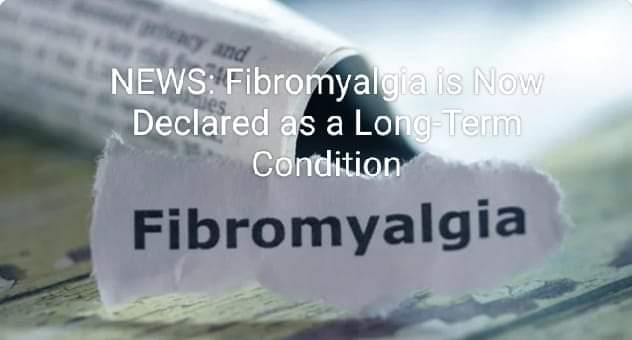Fibromyalgia is a complex medical condition that adversely affects those who have the condition in several ways. Certain skin conditions that cause skin rashes are common in people with fibromyalgia but are not specific symptoms of the condition. These rashes can vary in appearance and may be itchy.
This article will discuss what a fibromyalgia rash might be, what causes rashes more common in people with fibromyalgia, and how to relieve a rash.
:max_bytes(150000):strip_icc():format(webp)/skin-cream-GettyImages-1385160322-d450ee92e5b44e528c143339c93fff47.jpg)
What Is a Fibromyalgia Rash?
No specific rash is a symptom of fibromyalgia. But researchers have found that certain skin conditions are more likely to occur in people with fibromyalgia than in those who do not have fibromyalgia. These skin conditions include:1
- Hyperhidrosis: This skin condition causes excessive sweating. The continuous moisture can cause soft, cracked, or scaly skin in the affected areas. It can also increase the risk of secondary fungal or bacterial infections in the affected areas.2 A 2014 study found that 32% of people with fibromyalgia also had hyperhidrosis.3
- Lichen simplex chronicus: This skin condition causes an itchy rash with red patches of thickened, leatherlike skin.4 Itchiness due to irritated nerve endings can lead to scratching, which leads to more itching. The rash and skin changes are due to this itch-scratch cycle. It is one of the most common rashes seen in those with fibromyalgia.56
A small study from 2016 found various skin conditions to be more common in those with fibromyalgia. However, due to the size of the study, more research needs to be done to confirm its findings.1
:max_bytes(150000):strip_icc():format(webp)/3124-6a6c986b518a47cfb7d4e0e789cb5851.jpg)
What Causes Rashes and Skin Symptoms in Fibromyalgia?
The cause of fibromyalgia rashes is not well-known, but researchers have found potential mechanisms for the rash.
One possible cause is the immune system. There is an increase of mast cells on the skin in people with fibromyalgia. Mast cells are a type of white blood cell (WBC) found under the skin and in other areas. When there is an allergic response, mast cells release chemicals that cause flushing and itching.67
The skin’s nerve fibers in those with fibromyalgia may be affected in ways that can lead to a rash. They respond more actively to mechanical or chemical stimulation. They can also trigger skin inflammation by their actions.8
Fibromyalgia medications may also be the cause of skin rashes. Many medications may cause itching and rashes. These medications and the type of skin rash they cause are:
- Cymbalta (duloxetine): Side effects may include blisters, peeling rash, hives, and mouth sores.9
- Lyrica (pregabalin): Side effects can include itching and hives.10
Fibromyalgia and COVID-19
COVID-19 and fibromyalgia are connected. Some people who had COVID-19 had symptoms, like unexplained pain, for months after the infection. This is a symptom of fibromyalgia, and some of these people met the clinical criteria for fibromyalgia diagnosis.11
People who already had fibromyalgia may have been especially vulnerable during the COVID-19 pandemic. The isolation and stress during the pandemic could cause depression and anxiety. It also could have affected sleep and mood, which are all symptoms of fibromyalgia.11
Self-Care With a Fibromyalgia Rash
People with fibromyalgia can have sensitive skin that is prone to rashes. Taking care of the skin with a self-care routine is an important step in maintaining the body’s largest organ, the skin. Here are a few ways to practice self-care with a fibromyalgia rash:12
- Avoid abrasive scrubs or loofahs.
- Use skin cleaners that are labeled as gentle.
- Don’t shower or bathe with overly hot water, as it dries out the skin.
- Avoid excessive sun exposure.
- Moisturize the skin regularly, especially after bathing.
Managing Fibromyalgia Flares and Rash Symptoms
Fibromyalgia is a complex condition that can require several treatments. People who experience fibromyalgia flares and rashes should report new symptoms to healthcare providers.
There are no specific guidelines for treating fibromyalgia rashes. However, the following treatments are common in managing fibromyalgia.
Antidepressants like tricyclic antidepressants (TCAs) and serotonin-norepinephrine reuptake inhibitors, and anticonvulsants are used to help manage fibromyalgia symptoms.11
Since fibromyalgia does not cause tissue inflammation taking nonsteroidal anti-inflammatory drugs (NSAIDs), such as Advil or Motrin (ibuprofen), is generally not helpful in managing symptoms.11
Summary
Fibromyalgia is a medical condition that causes pain, trouble sleeping, and many other possible symptoms, but a rash is not a symptom of fibromyalgia. However, people with fibromyalgia are more prone to a couple of different types of rashes.
They have an increased risk of developing hyperhidrosis (excessive sweating). This can lead to soft or cracked skin that is at risk for fungal or bacterial infections. They also have an increased risk of the itchy lichen simplex chronicus rash.
Any new rash or symptoms should be reported to a healthcare provider for a diagnosis and to develop a treatment plan. It is important to use good skin care when you have fibromyalgia.
Reference:https://www.verywellhealth.com


